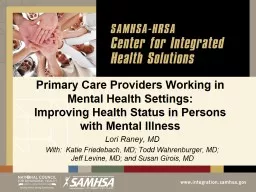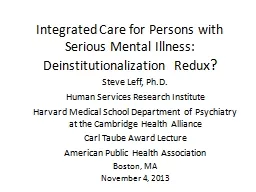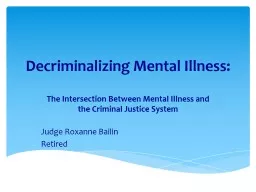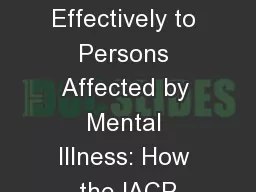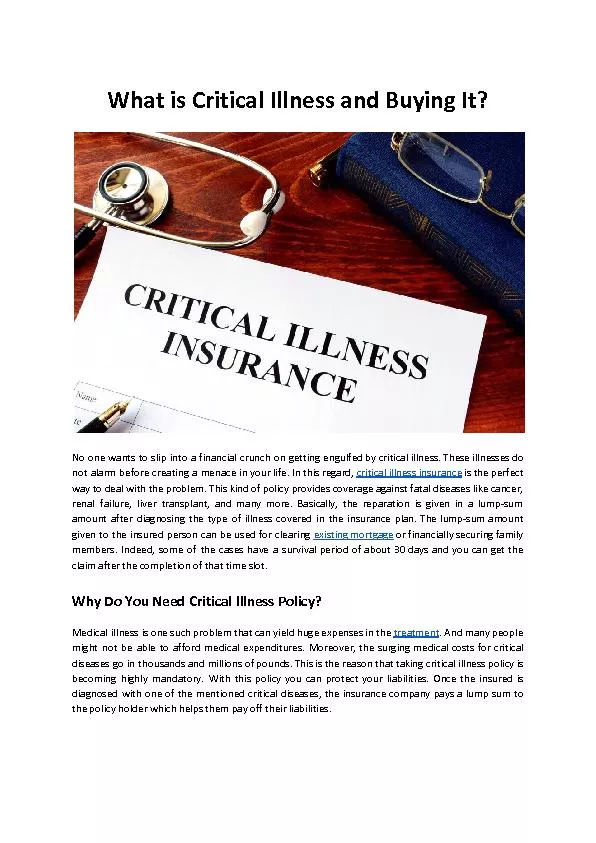PPT-Primary Care Providers Working in Mental Health Settings: Improving Health Status in Persons
Author : alexa-scheidler | Published Date : 2019-11-03
Primary Care Providers Working in Mental Health Settings Improving Health Status in Persons with Mental Illness Lori Raney MD With Katie Friedebach MD Todd Wahrenburger
Presentation Embed Code
Download Presentation
Download Presentation The PPT/PDF document "Primary Care Providers Working in Mental..." is the property of its rightful owner. Permission is granted to download and print the materials on this website for personal, non-commercial use only, and to display it on your personal computer provided you do not modify the materials and that you retain all copyright notices contained in the materials. By downloading content from our website, you accept the terms of this agreement.
Primary Care Providers Working in Mental Health Settings: Improving Health Status in Persons: Transcript
Download Rules Of Document
"Primary Care Providers Working in Mental Health Settings: Improving Health Status in Persons"The content belongs to its owner. You may download and print it for personal use, without modification, and keep all copyright notices. By downloading, you agree to these terms.
Related Documents

